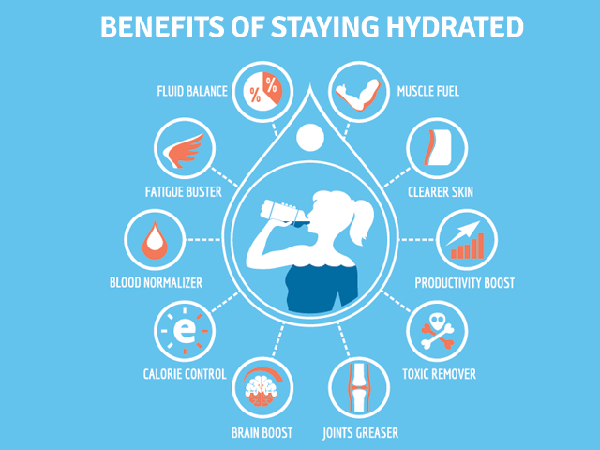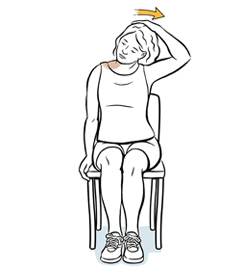Tightness vs Stiffness – Understanding the difference
 Do you suffer from muscle tightness or stiffness? Let’s find out the difference between muscle tightness and muscle stiffness. Fixing the problem once and for all is naturally the focus. However, we need to delve deeper than this to truly understand the problem.
Do you suffer from muscle tightness or stiffness? Let’s find out the difference between muscle tightness and muscle stiffness. Fixing the problem once and for all is naturally the focus. However, we need to delve deeper than this to truly understand the problem.
“My back is as stiff as a board.”
“This part of my neck is really tight!”
“My calf muscles are like rocks.”
These quotes are commonly heard here at Sport and Spinal Physiotherapy. We, as physiotherapists, strive to ensure that our clients firstly understand the problem being experienced. After this, we can move towards rehabilitating it.
With a holistic view of the issue, we can focus on a more individualised program for fixing the injury. It is imperative to work out the drivers of the problem, that is, the cause. Understanding and mending the primary drivers is a large portion of the prevention phase moving forward. It may be as simple as changing pillows or adjusting the settings on your chair at work.
Tightness
The sensation of ‘tightness’ is a common symptom with overuse injuries. But what is tightness? I like to use the saying that the muscle is behaving tight. This allows us to come back to the holistic approach:
Muscle is behaving tight -> what are the drivers? -> what specific areas do I need to either strengthen and/or stretch to alleviate this and stop my symptoms from returning?
Flexibility
Flexibility can be improved using strength training that promotes full range of movement. This, in turn, leads to reduced tension in the muscle as they become more equipped to perform their job. They have been specifically targeted to perform a role for a longer period of time. Lack of endurance (or easily fatigued muscles) is a massive component in overuse injuries.
Deep neck flexor musculature is a prime example of this last point. Strong and supportive neck muscles are required in order to promote good posture, over a sustained period of time. The weight of the head is a significant load for the tiny neck muscles to hold us into a neutral alignment. This is a common issue surrounding a large amount of office workers in Canberra.
Stiffness
Joint surface changes primarily revolve around ‘wear and tear’. Arthritic changes in the body can be a sign of is. ‘True stiffness’ reflects changes occurring at the physiological level. Namely, a structure has altered and changed to cause stiffness and inhibit movement as a result. It is important to note this may or may not involve pain. Imaging is generally required to confirm the diagnosis in this regard.
Soft tissue changes, such as muscles shortening, are also a common problem we treat in the clinic. All soft tissues are susceptible to shortening adaptations. Primary causes within this setting are: the ageing process, disease, limited physical activity over a sustained period of time, or poor posture. Overtraining can also be an example of soft tissue changes seen in the body.
Protective stiffness is due to both central and peripheral neural mechanisms protecting the system for a variety of reasons. Examples of this form of stiffness include expecting pain, fear of harm, or returning to the field of play following an injury.
Recovery
Sufficient recovery after a heavy workout and incorporating some variety into your sporting routine are critical components to ward off protective stiffness. The body is trying to protect itself from further perceived harmful activity. Diet and training go hand-in-hand here. They need to be working together in order to optimise recovery time.
Sensation
It is also crucial to think about the sensation of stiffness. What we mean by this, is the role of external stresses on the body. If an individual is tense, stressed, over-tired or fatigued, it is likely that their muscles act accordingly with the body. It is important to recognise the signs of fatigue. This is especially crucial as we head into winter and, hence, the potential flu season.
Hydration
Hydration also plays an important role in how we move. For example, those who have spent the entire day in the sun, exercised extensively or haven’t had adequate hydration throughout the day, are at a higher risk of cramping. This also stems from knowing and looking after your body better. Instead of waiting to notice thirst, you should have an innate understanding of how much water your body requires for that particular exercise or portion of the day. Jamie has written an excellent article regarding the importance of water in the body at a cellular level.
Stretching
So back to our three opening quotes. The following three common stretches will be an excellent starting point to do regularly throughout your day:
1. Lumbar spine standing extension – As the name implies, in standing, place your hands on your hips. Lean back through the spine and then return to neutral. Repeat x10
2. Upper trapezius neck side stretch – Whilst seated, hold onto the chair with your left arm. With your right arm placed on the left side of your head, pull toward the right u then are stretching the left side of your neck. Hold for 30 seconds. Reverse sides and repeat twice.
3. Standing calf muscle stretch – In a split stance (right leg forwards, left leg behind), rest both arms forward of you onto a wall. Bend your right knee and straighten your left knee. Hold for 30 seconds. Reverse sides and repeat twice.
Naturally we want to keep stiff joints and tight muscles away. Ensure to move regularly, get lots of rest, drink plenty of water and stretch at every available opportunity. If you are feeling unsure or are noticing specific soreness in one or more regions of the body – don’t ignore it. Contact Sport and Spinal Physiotherapy today!
References
www.premax.co/index.php/au/blog/why-you-feel-stiff-and-tight
thesports.physio/2017/05/10/stiff-but-not-stiff-stiff/
www.inlifefitnessauckland.nz






